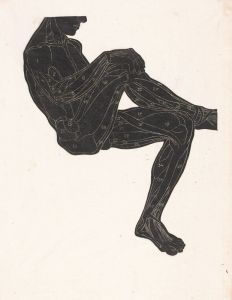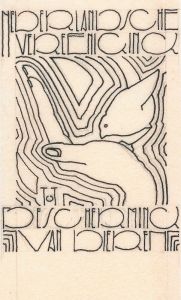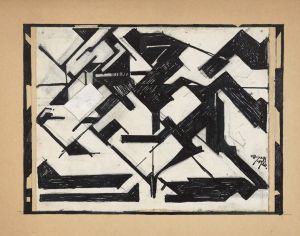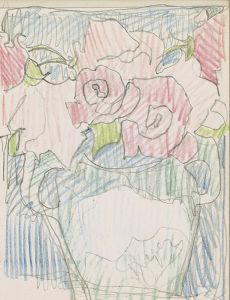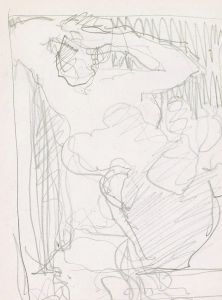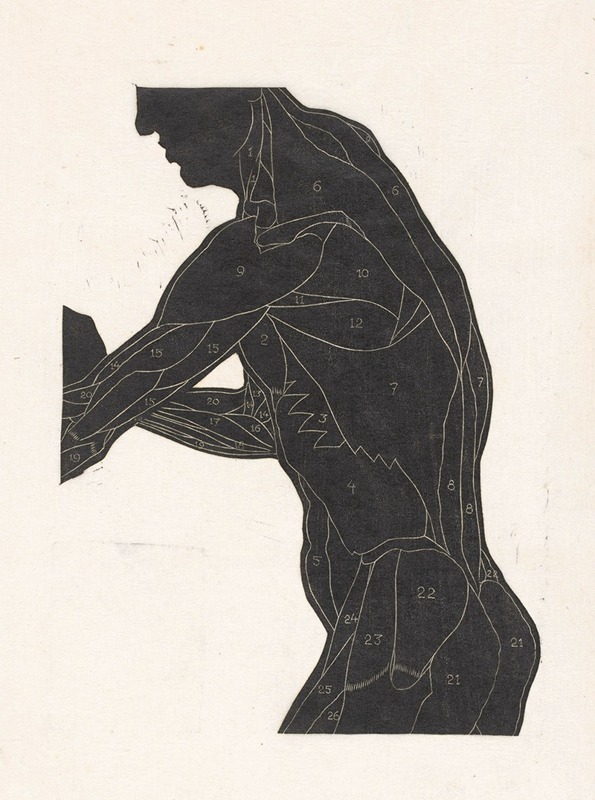
Anatomische studie van de zij- en armspieren van een man in silhouet
A hand-painted replica of Reijer Stolk’s masterpiece Anatomische studie van de zij- en armspieren van een man in silhouet, meticulously crafted by professional artists to capture the true essence of the original. Each piece is created with museum-quality canvas and rare mineral pigments, carefully painted by experienced artists with delicate brushstrokes and rich, layered colors to perfectly recreate the texture of the original artwork. Unlike machine-printed reproductions, this hand-painted version brings the painting to life, infused with the artist’s emotions and skill in every stroke. Whether for personal collection or home decoration, it instantly elevates the artistic atmosphere of any space.
Reijer Stolk was a Dutch artist known for his contributions to graphic art and printmaking in the early 20th century. One of his notable works is "Anatomische studie van de zij- en armspieren van een man in silhouet," which translates to "Anatomical Study of the Side and Arm Muscles of a Man in Silhouette." This piece reflects Stolk's interest in the human form and his skill in anatomical illustration.
Stolk was born in 1896 in the Netherlands and became a prominent figure in the Dutch art scene. He was particularly active during the interwar period, a time when many artists were exploring new forms and techniques. Stolk's work often combined elements of traditional printmaking with modernist influences, which was characteristic of the broader movements in European art during this time.
"Anatomische studie van de zij- en armspieren van een man in silhouet" is an example of Stolk's meticulous attention to detail and his ability to convey complex anatomical structures with clarity and precision. The artwork is executed in a silhouette style, which emphasizes the contours and musculature of the human body. This approach not only highlights Stolk's technical skills but also reflects the broader interest in anatomy and the human figure that was prevalent among artists of his era.
The use of silhouette in anatomical studies can be traced back to earlier traditions in art and science, where clear outlines were used to educate and inform viewers about the structure of the human body. Stolk's work fits within this tradition, yet it also stands out for its artistic merit and the way it bridges the gap between scientific illustration and fine art.
Stolk's contribution to art extends beyond his anatomical studies. He was involved in various artistic movements and was known for his versatility in different mediums, including etching, lithography, and woodcuts. His works often featured themes of nature, human figures, and abstract forms, showcasing his ability to adapt and innovate within the evolving art landscape of his time.
Throughout his career, Stolk remained committed to exploring the possibilities of printmaking and graphic art. His works were exhibited in various galleries and exhibitions, contributing to his reputation as a skilled and innovative artist. Despite the challenges faced by artists during the tumultuous periods of the early 20th century, Stolk's dedication to his craft ensured that his work continued to be recognized and appreciated.
In summary, "Anatomische studie van de zij- en armspieren van een man in silhouet" is a testament to Reijer Stolk's expertise in anatomical illustration and his ability to blend scientific accuracy with artistic expression. His work remains an important part of the Dutch art heritage, reflecting both the historical context in which he worked and his personal artistic vision.







